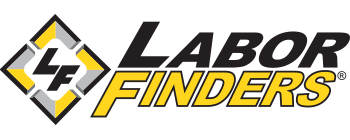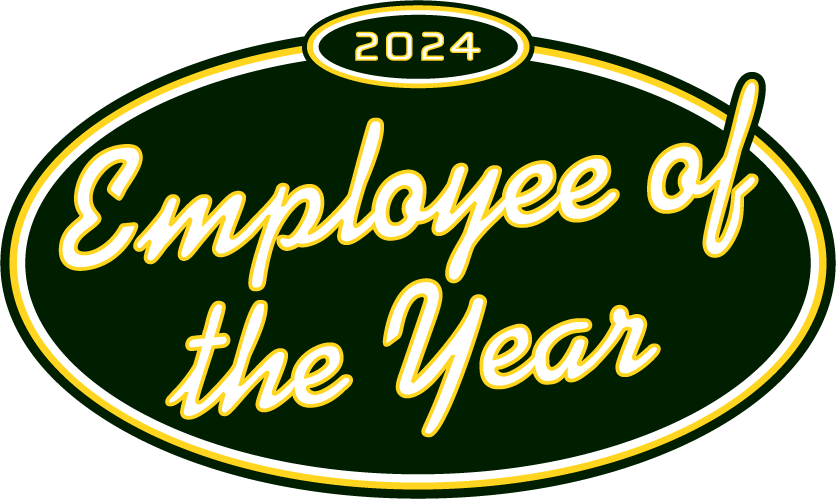-
Job Seekers
X
Job Seekers
Whether you're looking for a temp job or a permanent career, Labor Finders has you covered!
-
Explore
- How it works
- Industries
- Blog
- Locations
- Job Search
You May Also Be Interested In

2024 Employee of the Year
Learn more about our amazing Employee of the Year
-
-
Employers
X
Employers
Let us help you find the workers you need, when you need them.
You May Also Be Interested In

2024 Staffing Trends Quiz
Construction Staffing Trends Quiz
-
Industries
X
Employer Industries
Ready to staff your next project? Our staffing experts has the knowledge and the workers to cater to your unique staffing needs.
In this Section:
Job Seeker Industries
From construction to waste management, we have job openings in whatever industry you’re interested in.
In this Section:
-
About
X
About You
Getting matched to the right job, gaining the flexibility you want, making an impact in your community - at Labor Finders, it’s all about you!
-
You may also be interested in
- About Us
- Job Search Results
- Find an Office
- How it works
- Blog
About Us
With almost 200 offices nationwide, we’ve been putting people back to work for over 40 years. See why we’re a leader in the blue-collar staffing industry.
-
You may also be interested in
- About Us
- Media Center
- Video Library
- Leadership Team
- Careers
- In The Community
- History
-
- Location
Compliance
Top 5 Tips on Workplace Compliance Training

Safety is key when you are working with employees. With workers being injured on the job due to lack of thorough safety training, it is vital to ensure that they understand the various measures needed to maintain workplace compliance with OSHA standards. When conducting workplace compliance training, there are some best practices that will increase the likelihood of a positive outcome.
Compliance Training: Tips for the Workplace
1. Conduct the training session in the worker’s native language.
When it comes to digesting information, it is important that employees have a full understanding of what is being said. If you hire Spanish-speaking employees, for example, conduct the OSHA workplace compliance training in Spanish. This makes it more likely that they will grasp the info and remember the safety procedures.
2. Teach using a variety of learning styles.
While many people do fine with the standard lecture style, you can reach more people by engaging them in different ways. Employ visual aids and exercises where workers can try out safety procedures. Visual learners find slides with infographics and charts helpful; kinesthetic learners respond better to mock situations. By appealing to a variety of learning styles, you can help your employees retain the information presented to them. Be aware that you may have employees with learning differences within your staffing complement, and they may need additional accommodations to help them effectively absorb the training information.
3. Conduct regular compliance sessions with all employees.
If you conduct workplace compliance training only once in a blue moon, you will rush through sessions trying to cover all the material. Instead, offer a regular schedule of training to cover key points. You may wish to have a general overview session and then sessions that break the info down in more depth. Doing this will help employees remember old information and not be overwhelmed by new information. Be sure to let all workers attend training sessions, and encourage people to refresh their memories. One of the best ways to assist with high levels of compliance is to help keep procedures fresh in employees’ minds.
4. Reinforce the training material through your daily actions.
Model good training habits. Avoid subscribing to the philosophy of doing what is easiest and quickest. You are the best example for your staff. It may be helpful, especially with new employees, to talk through what you are doing as you do it. This will reinforce the information from workplace compliance training.
5. Correct problems as soon as they happen.
Because a mistake or oversight can quickly become a bad habit and/or lead to injury on the job, nip any arising problems in the bud. Point out what was being done incorrectly, why it was incorrect, and what difficulties it could cause. After explaining why the action was wrong, model the correct procedure. Talk through the procedure, inviting others who are available to participate and look on. It is best to do so in a way that is tactful, of course, as to not be offensive, but by immediately correcting any problem, you can help to reinforce workplace compliance training procedures, reducing the overall risk of injuries. Ensuring that employees understand what is expected of them is important when it comes to workplace compliance. By following the above tips, you can help increase the retention rate long after the initial OSHA training session.
Labor Finders provides top temporary staffing solutions. We work hard to ensure total workplace compliance. Contact us here today or call us direct on (800) 864-7749 to talk about our workplace compliance training sessions!














